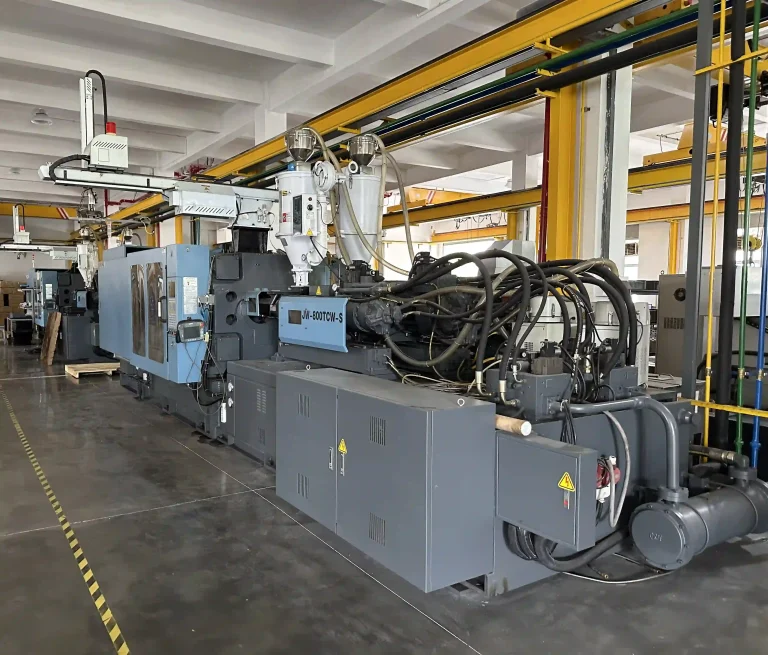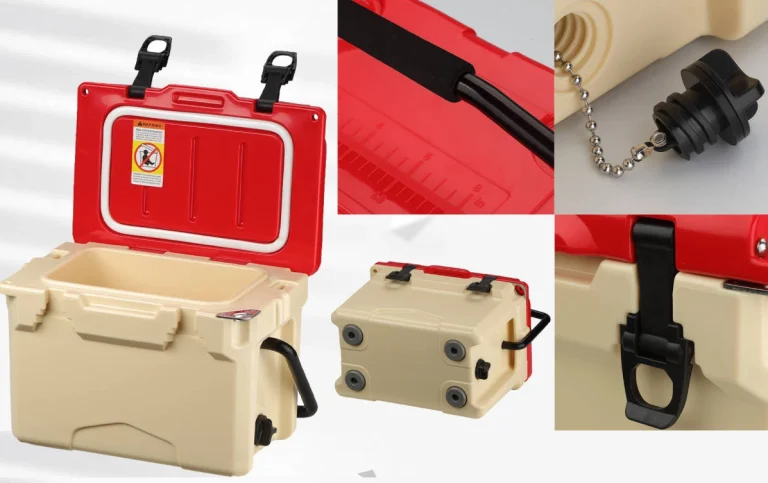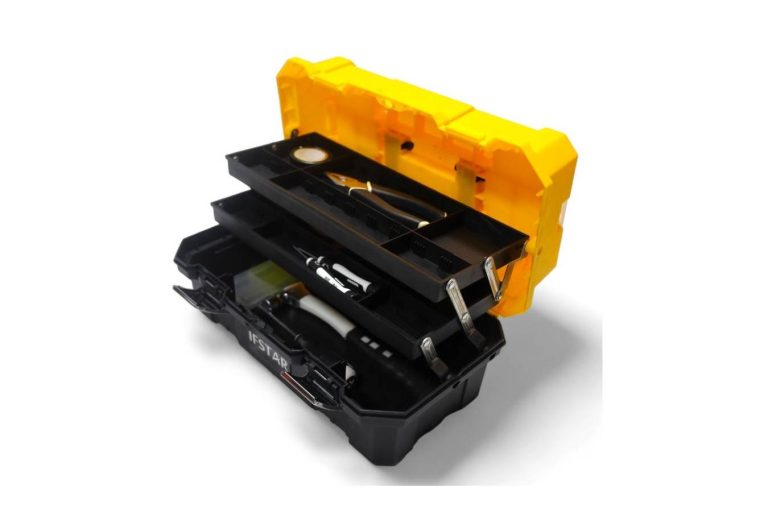If you’re setting up a home lab, data center, or audio/video rig, you want a server case that works well and stays quiet. A 4U rackmount case gives you lots of space, solid cooling options, and room to customize. But keeping it quiet isn’t just about picking silent fans. You need to nail airflow, set up fans right, and tackle noise. Here’s a straightforward guide to getting airflow, fan speeds, and noise control just right in your 4U case rackmount .
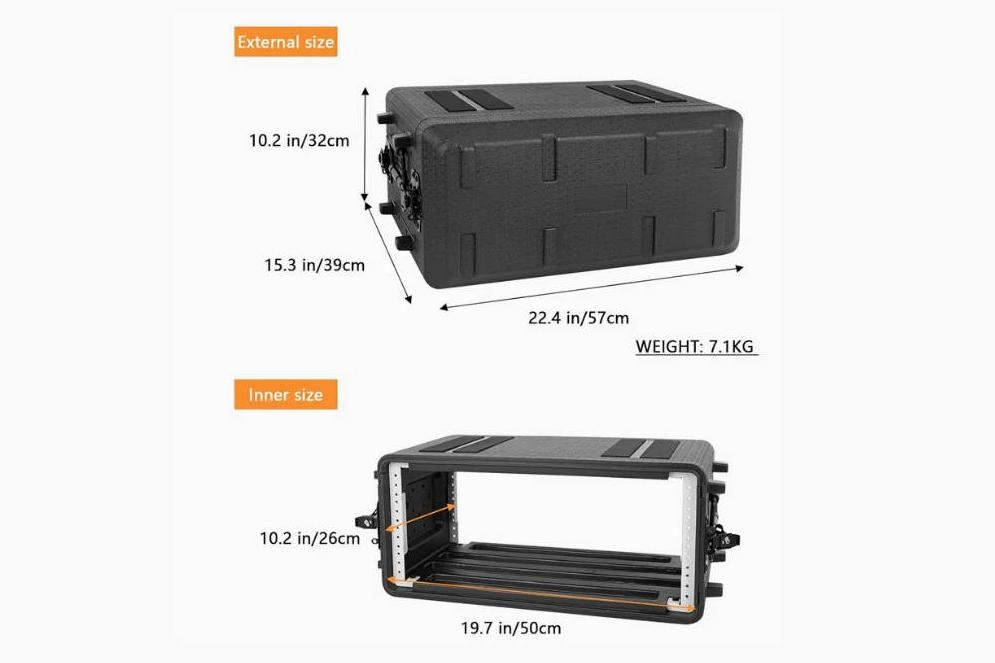
What’s a 4U Rack?
A 4U rack is a case for servers or gear that fits four slots in a standard 19-inch rack. Each slot, called a “U,” is 1.75 inches tall, so a 4U case rackmount is 7 inches high. These cases are popular for servers, storage, or audio/video setups because they’ve got plenty of space and work with standard racks.
The case comes with eight removable, deep compartments. This lets you arrange your gear however you want while keeping the case sturdy.
Getting Airflow Right in a 4U Rack
Why Front-to-Back Airflow Is a Must
Good airflow in 4U rack case means pulling cool air in from the front and pushing warm air out the back. Most pro gear is built for this flow. It keeps hot air from swirling around inside. It also matches how racks are usually cooled.
To make this work, set up your fans the same way. Put intake fans at the front and exhaust fans at the back. Mixing them up causes turbulence and hurts cooling.
Finding Hot and Cool Spots
Hot spots show up around parts like CPUs, GPUs, or power supplies. These spots need extra air to stay cool. Cool areas are near the front where fresh air comes in.
You can use a thermal tool or an infrared thermometer to find these spots in your 4U rack case. This helps you place fans where they’ll help the most.
How Gear and Cables Affect Airflow
Where you put your components matters a lot. Big stuff like graphics cards or drive cages can block air if they’re in bad spots. Messy cables can also mess things up. They cause turbulence that slows air down. Use cable ties or channels to keep air flowing smoothly from front to back.
Picking and Placing Fans
Choosing the Best Fans
When picking fans, think about their size and how well they push air through tight spaces. Many 4U rack cases have grills or filters, so fans with strong static pressure are the way to go. They handle barriers better.
The most common fan sizes are 80mm and 120mm. These give you good airflow without being too loud.
The case has a clear PC cover, black body, and orange handle or buckles. It looks cool and lets you check on fans without opening the case up.
Where to Put Your Fans
Place high-CFM (cubic feet per minute) intake fans at the front-bottom of the case. Put exhaust fans at the back-top, where warm air naturally rises. If your motherboard supports it, use PWM (pulse-width modulation) fan headers. These tweak fan speeds based on how hot things are, keeping your setup cool and quiet.
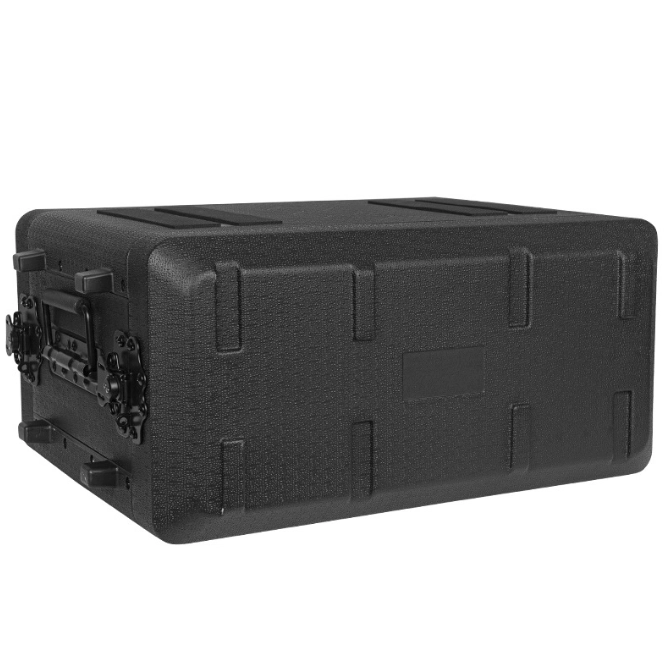
Setting Fan Speeds to Keep Things Quiet
How Fan Speeds Work
Fan settings, or curves, decide how fast fans spin based on temperature. For example, you might set a CPU fan to run at 30% speed when it’s cooler than 40°C. It could ramp up to full speed if it hits 70°C.
This keeps your setup quiet when it’s not working hard. It still cools well when you’re pushing it. Most modern BIOS menus let you set these curves in the UEFI settings.
Tools to Tweak Fan Speeds
Programs like SpeedFan for Windows, Argus Monitor, or tools from brands like ASUS Fan Xpert let you control fan speeds. They use your system’s temperature sensors.
These tools let you customize speeds for what you’re doing. You can keep things super quiet for watching movies or boost cooling for heavy jobs like video editing.
Keeping Noise Down
Using Soundproofing Foam
Putting foam panels inside your 4U rack case can make it way quieter. These panels soak up sound so it doesn’t bounce around the metal case.
Make sure not to block airflow. Stick foam on flat surfaces away from vents or fan openings.
The case has a storage carry case with four adjustable lid slots and a strong frame that can hold a person’s weight. This design is awesome for carrying and durability. It also cuts down on vibrations that make noise.
Cutting Out Vibrations
Vibrations from hard drives or uneven fans can get loud. Use rubber grommets on screws or silicone pads under drives. These stop parts from touching the metal frame directly.
Adding anti-vibration feet under the rack also helps. It keeps noise from traveling through floors or desks.
Keeping Cables Neat
Messy cables don’t just block air. They also cause turbulence that makes wind noise inside the case. Use Velcro straps or cable combs to keep wires tidy along the edges. Don’t let them hang in open spaces where air needs to flow.
If your case allows, run power cables behind the motherboard tray. This keeps the inside clean and quiet.
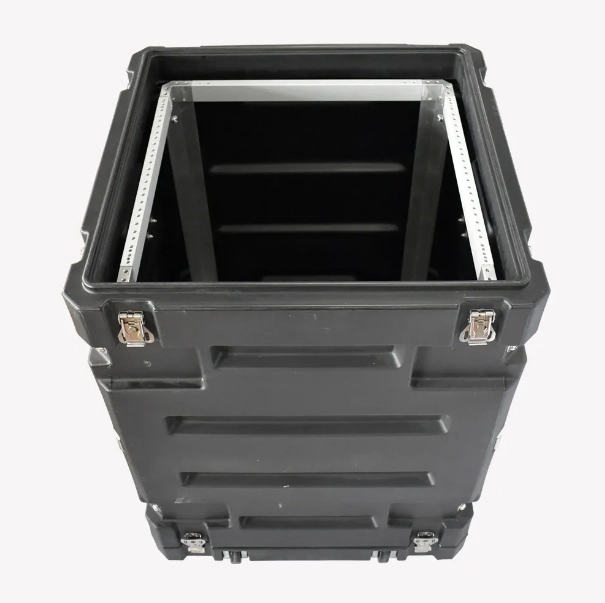
A quiet durable 4U rack comes down to a few key things. You need smooth front-to-back airflow, smart gear placement, quiet but strong fans, custom fan speeds, soundproofing, vibration control, and tidy cables.
Whether you’re building a home lab or an audio setup where silence is key, these tips will keep your rack cool and quiet.
For a solid starting point, try Yifu’s 4u server case with eight removable, deep compartments. It’s got a clear PC cover, black body, and orange handle or buckles for style. Its reinforced structure can handle a person’s weight and is easy to carry, making it great for mobile setups.
FAQ
Q: How do airflow fans differ from static pressure fans in 4U racks?
A: Airflow fans move a lot of air, measured in CFM, and work best in open spots like exhausts. Static pressure fans push air through tight spaces like filters or grills. They’re better for front intakes in 4U cases where stuff gets in the way.
Q: How can I check if my 4U rack’s cooling is working?
A: Use software like HWMonitor to check CPU and GPU temperatures. Anemometers can measure airflow at intake and exhaust points. Infrared thermometers help you find hot spots to make sure your cooling is doing its job.
Q: How many fans should I use in a 4U rack case?
A: It depends on your setup, but a good plan is two or three high-CFM intake fans at the front and one or two exhaust fans at the back. This keeps airflow balanced, stops dust from sneaking in, and stays quiet.


